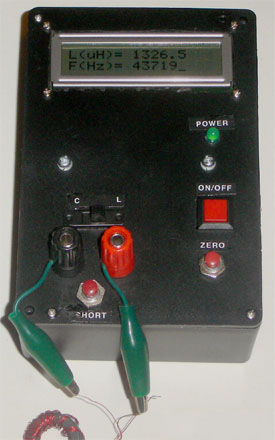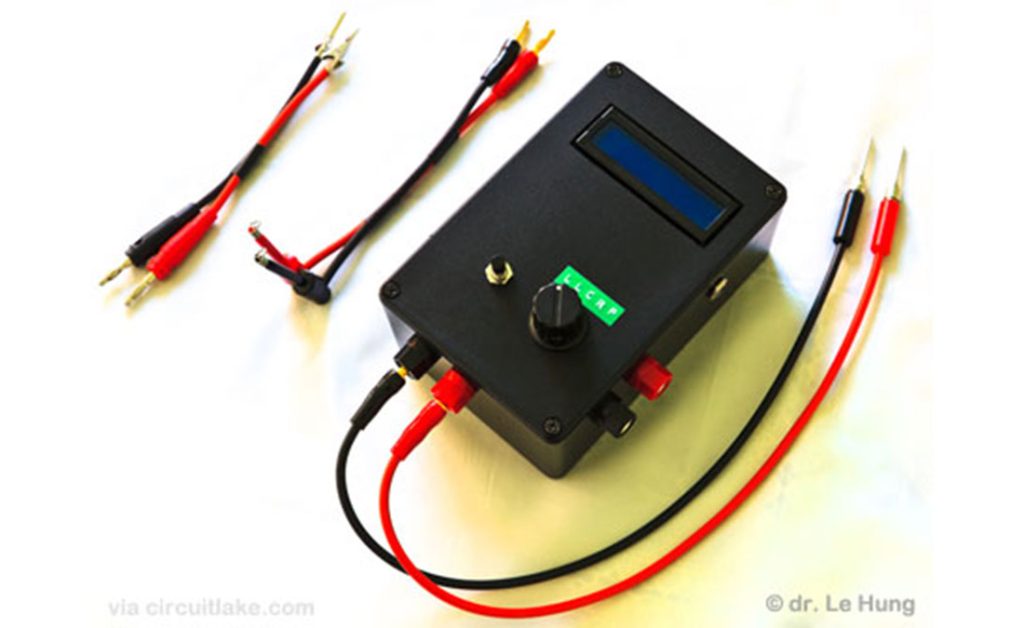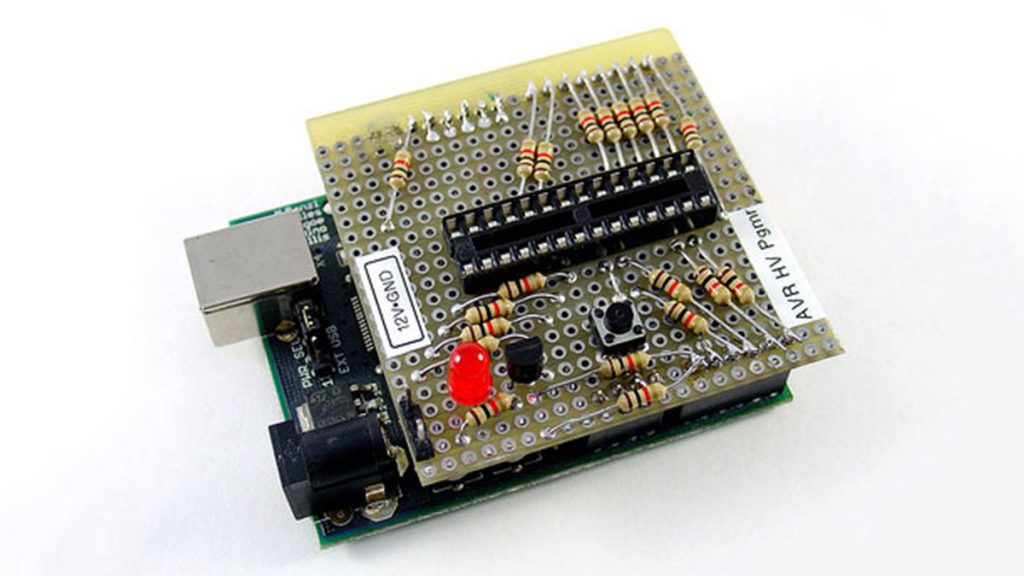A SIMPLE MANUAL CURVE TRACER using microcontroller
Measure current vs voltage or voltage vs current over limited range with good accuracy. This was built on a phenolic board which was mounted on a plastic box. The box serves two purposes: It holds the circuit off the workbench, and it makes a nice, stable mount for the potentiometer. Find updates at www.projects.cappels.org I […]
A SIMPLE MANUAL CURVE TRACER using microcontroller Read More »





